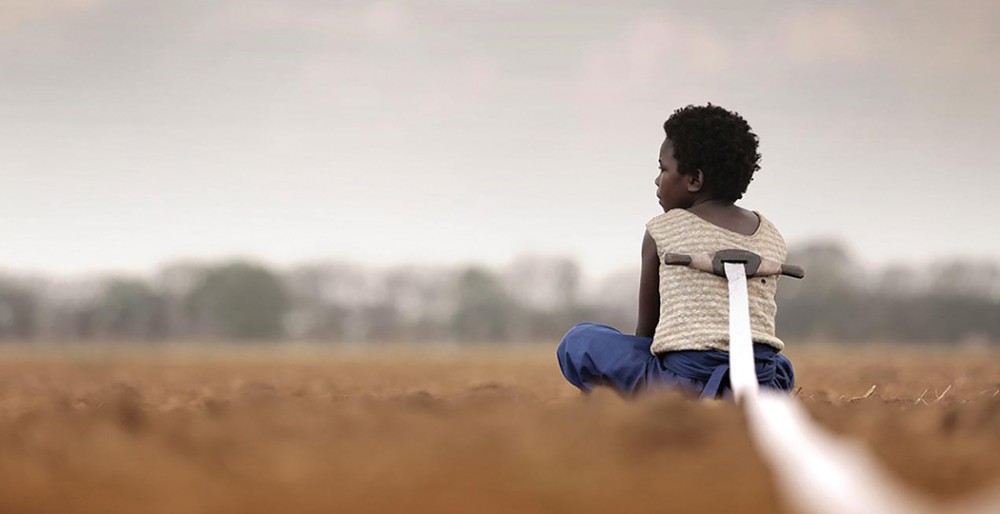Witch hunts around the world
People are being persecuted by anti-witchcraft vigilantes. The church can help.

Concepts of human rights have changed much in recent years, and churches have sometimes struggled to keep pace. In one particular area, however, they are uniquely placed to make a critical contribution: fighting persecution for witchcraft.
At first glance, it seems shocking to apply the concept of human rights to an idea as self-evidently primitive as witchcraft. Yet across Africa, Asia, and Oceania, antiwitchcraft movements and militias flourish, and the media offer daily reports of supposed witches being lynched or attacked. An additional related form of violence involves the murder and mutilation of albino people, who are targeted for occult purposes and whose body parts are much sought for ritual purposes.
Responding to these horrors are a number of private organizations, including Under the Same Sun, which campaigns for albinos, and the Witchcraft and Human Rights Information Network. Framing the problem as one of human rights encourages concerted international action.
Read our latest issue or browse back issues.
In just the past year, the United Nations has become directly involved. In September the UN’s Human Rights Council hosted the first ever Expert Workshop on Witchcraft and Human Rights, a historic event in the effort to put witchcraft-related abuses on the human rights agenda and signal that governments will be held to account for how they respond to incidents. An excellent start would be a much wider use of laws that severely punish those who accuse people of witchcraft.
Another milestone in understanding the mentalities underlying contemporary witchcraft controversies is the stunning film I Am Not a Witch, by the Zambian Welsh director Rungano Nyoni, which focuses on the plight of a nine-year-old girl identified as a malevolent sorcerer. The film follows the girl through one of the witch camps that are an ugly reality of contemporary Africa; the camps provide homes for outcasts of all ages. The newly defined witch-child acquires the name Shula, “the uprooted,” as she becomes a cross between a feared monster and a prize pet. At every stage, the bizarre life into which Shula has entered recalls ancient myths and fairy tales. But every aspect of the story is taken from current headlines. So also are the signs and tokens by which people identify witches, including signs witnessed only in dreams. Beyond effectively putting a human face on a vast social problem, I Am Not a Witch is a cinematic triumph, leavened with a great deal of grim humor.
In addressing the human rights issue, churches have a role to play. The places in Africa where belief in and fear of witchcraft are prominent are also the regions where Christianity has surged in recent decades. Churches might be the only successfully functioning institutions, performing many roles that elsewhere would be played by government.
So how should churches respond? At one noxious extreme, evident particularly in the Democratic Republic of the Congo, some preachers and church leaders exploit witchcraft fears as a platform on which to build a mass following in the name of spiritual warfare. Their activities have filled the witch camps and created plenty of real-life Shulas.
It’s also unwise for churches to resort to the other extreme, preaching heartily against the foolishness of such beliefs. Many people are simply not ready to accept such a blanket condemnation, particularly when so thin a line separates the world of witchcraft and magic from the world of exorcism and spiritual healing that are part of African Christianity. If people cannot find solutions to witchcraft within their churches, they will resort to outside entrepreneurs and turn to the most sinister and cynical witch-finders and persecutors.
Churches need not reject belief in witchcraft out of hand. Rather, they should seize and maintain a monopoly over the social response to it. That means prohibiting vigilantism and private violence, penalizing slander and rumor-mongering, and above all teaching people how and why false accusations arise. And when all other means are exhausted, churches must be prepared to supply exorcism and spiritual protection to those who see no other solution to their misfortunes. The churches must prevent the creation and stigmatizing of more Shulas.
A version of this article appears in the February 14 print edition under the title “Witchcraft and human rights.”







